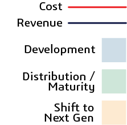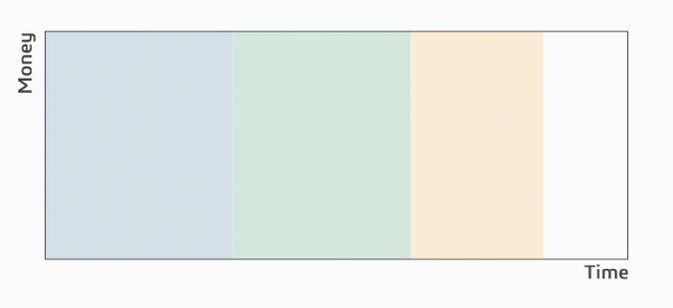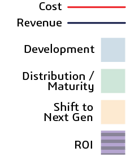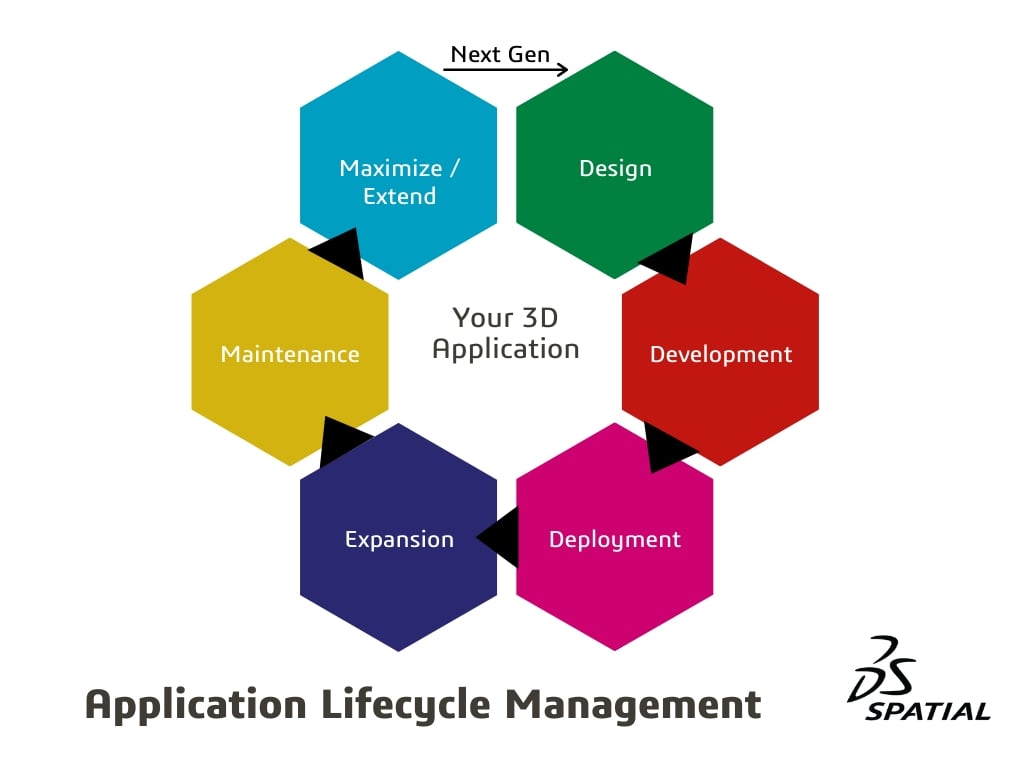When you hear the term, Application Lifecycle Management (ALM), you likely think about the process that a software application goes through from the initial vision to the product’s eventual sunset. But there’s a way to effectively tweak this model and capitalize on technology companies’ expertise to shorten development time and maximize revenue.
In this post, we’ll touch on what ALM is, how to maximize your application’s lifespan and value, and how an assessment program can keep your company on the leading edge of your industry.
What is ALM?
Application Lifecycle Management is a framework for managing the lifecycle of an application, from initial idea through development, maintenance, and eventual retirement. It’s a much more organized way of guiding the career of a software application..jpg?width=478&name=Application%20Lifecycle%20Management%20(1).jpg) The definition for Application Lifecycle Management should not be confused with the Software Development Lifecycle (SDLC). SDLC informs the way the actual coding is done, whereas ALM takes a broader view. An organization’s SDLC will come into play several times over the course of an ALM cycle.
The definition for Application Lifecycle Management should not be confused with the Software Development Lifecycle (SDLC). SDLC informs the way the actual coding is done, whereas ALM takes a broader view. An organization’s SDLC will come into play several times over the course of an ALM cycle.
Learn More: Brief Guide to Application Lifecycle Management (ALM)
Maximizing the Lifespan & Value of an Application
Standard Application Lifecycle Management
The lifecycle of developing an application, bringing it to market, and later switching to the next generation has not changed much over the years. To fully understand how software lifecycle management can be improved upon, let’s first go over the traditional model.
First, in the development phase, most of the capital is spent as the organization’s resources get maximally invested in bringing the vision to life. Revenue is not yet coming into the company in this phase, and the length of time needed for development is often quite long.
During the distribution phase, or go-to-market, the organization can start to realize revenue as the product gets sold. Revenue will ramp up quickly during initial promotion and sales and then will naturally begin to level off. In some cases, the organization may hear about needed improvements from end-users, but they don’t have the expertise or resources to upgrade the product. This may push the product to maturity faster than the organization had planned.
Towards the end of the distribution phase, the application begins to approach its maturity stage in the lifecycle. The organization now has an important choice: further develop the existing application or shift to the next generation.


Improved Model for Application Lifecycle Management
As an application developer, your goal for an existing application is to continuously innovate, provide differentiation, and extend the life of the application. Then, by extension, you increase profit. But there’s another opportunity to add a new layer into standard ALM and maximize your application’s life.
The idea is to minimize the development phase, maximize the distribution phase, and stretch out the amount of time that revenue is steadily coming in. How is this accomplished? By adding an assessment program to your process.
How an Assessment Program Keeps Application Developers on the Leading Edge
What is an Assessment Program?
An assessment program is a consulting service that assists organizations in maximizing the life of their technologies. A solution advisor begins working with the application developer right from the beginning of the lifecycle.
In the first phase, the organization works with a 3D application solution advisor to follow a development program. The solution advisor helps to guide the development by recommending and providing the use of critical, time-saving components in the application. The associated costs will be a little higher at first when using this model. However, the development phase shortens when partnering with a solution advisor. This allows for faster time to market and brings the organization to the revenue state more quickly, helping offset costs.
It’s during the distribution phase that a solution advisor’s partnership becomes fully realized. During this phase, the client is gathering feedback from their end-users about their new product. They share this feedback and their roadmap with their solution advisor, who makes recommendations for additional components or extra layers of functionality for the product.
A trusted partner in innovation will assist in finding add-ons, new benefits, and modifications. These potential innovations help maximize your return on investment through extended life for your application. In this model, even more value is provided over the lifecycle of your application. This way, when the application finally enters maturity, the organization knows they have done everything they can to innovate the product and can now confidently move to the next generation phase.


Regular checkpoints are established during this process. Part of the assessment is that the solution advisor is continually checking the alignment of the client’s roadmap with their own. The beauty of this partnership is having a solution advisor assessing your product’s end-user expectations and reacting in real-time to extend the relevance and value of your product beyond the typical revenue generation period.
Partnership During Application Lifecycle Management
Putting an assessment program in place during your ALM results in a true partnership. It’s long-standing and based on continuous exchange, alignment, and trust. When engaged in this partnership, application developers can be assured that their 3D interoperability or 3D modeling technology is implemented in a robust and performant manner.
The benefits of utilizing an assessment program:
- Secured development
- Faster time to market
- Continuous innovation and differentiation
- Maximum ROI through extended life




















